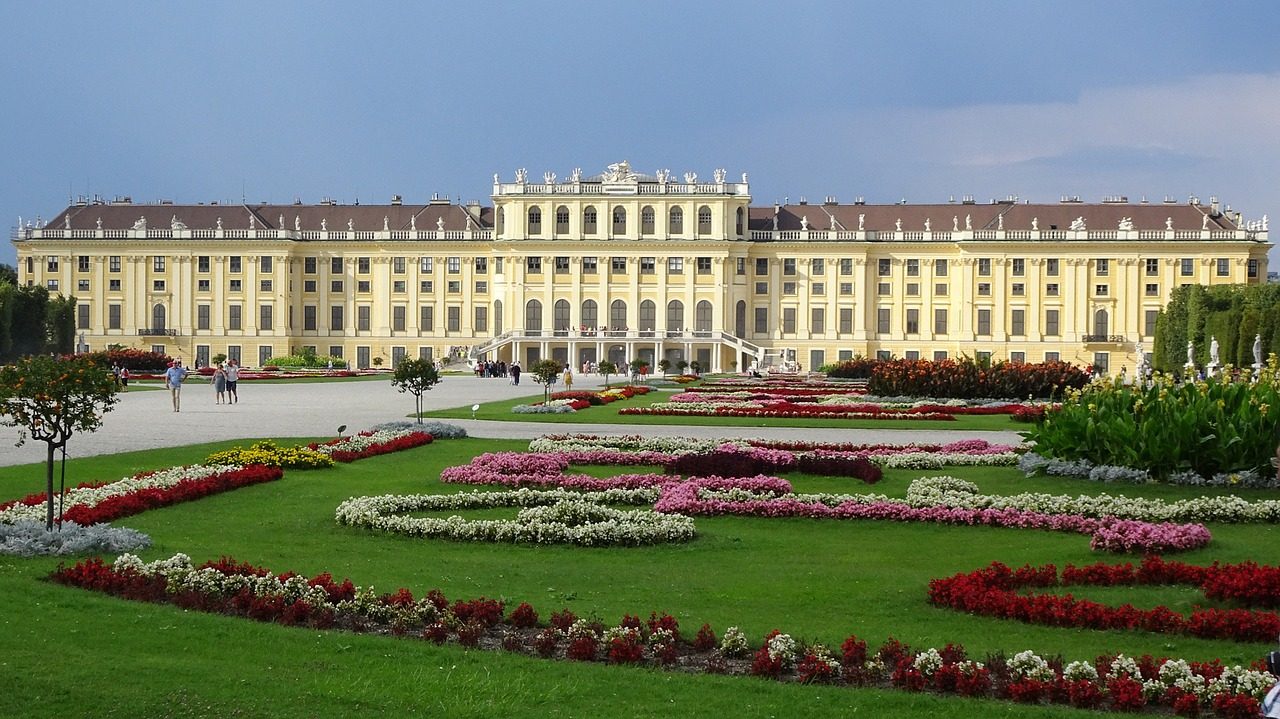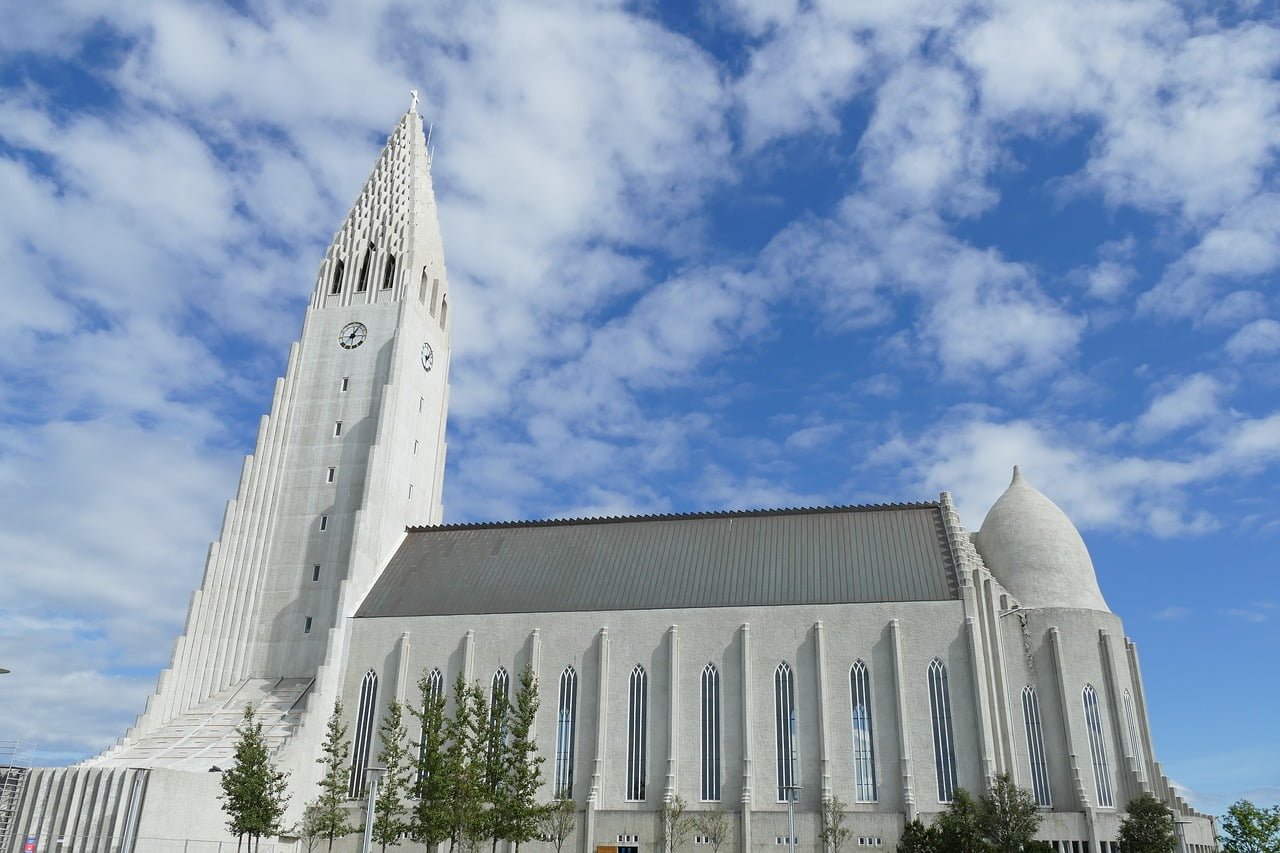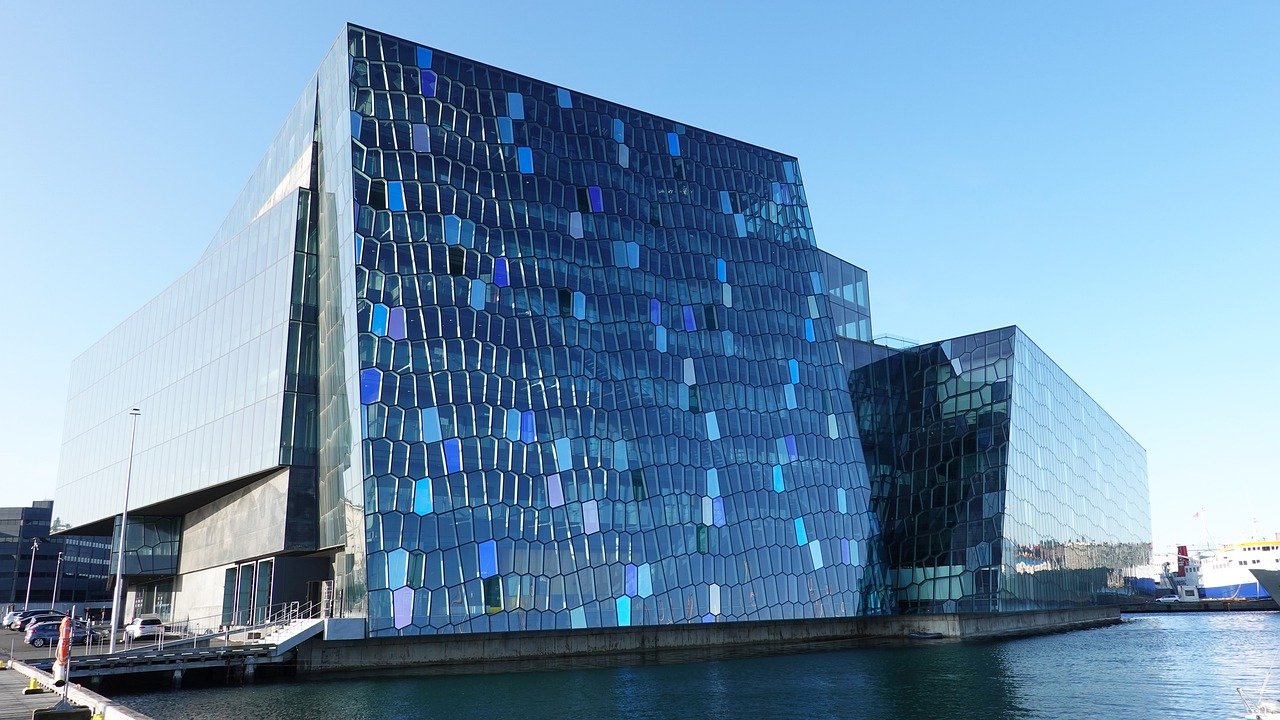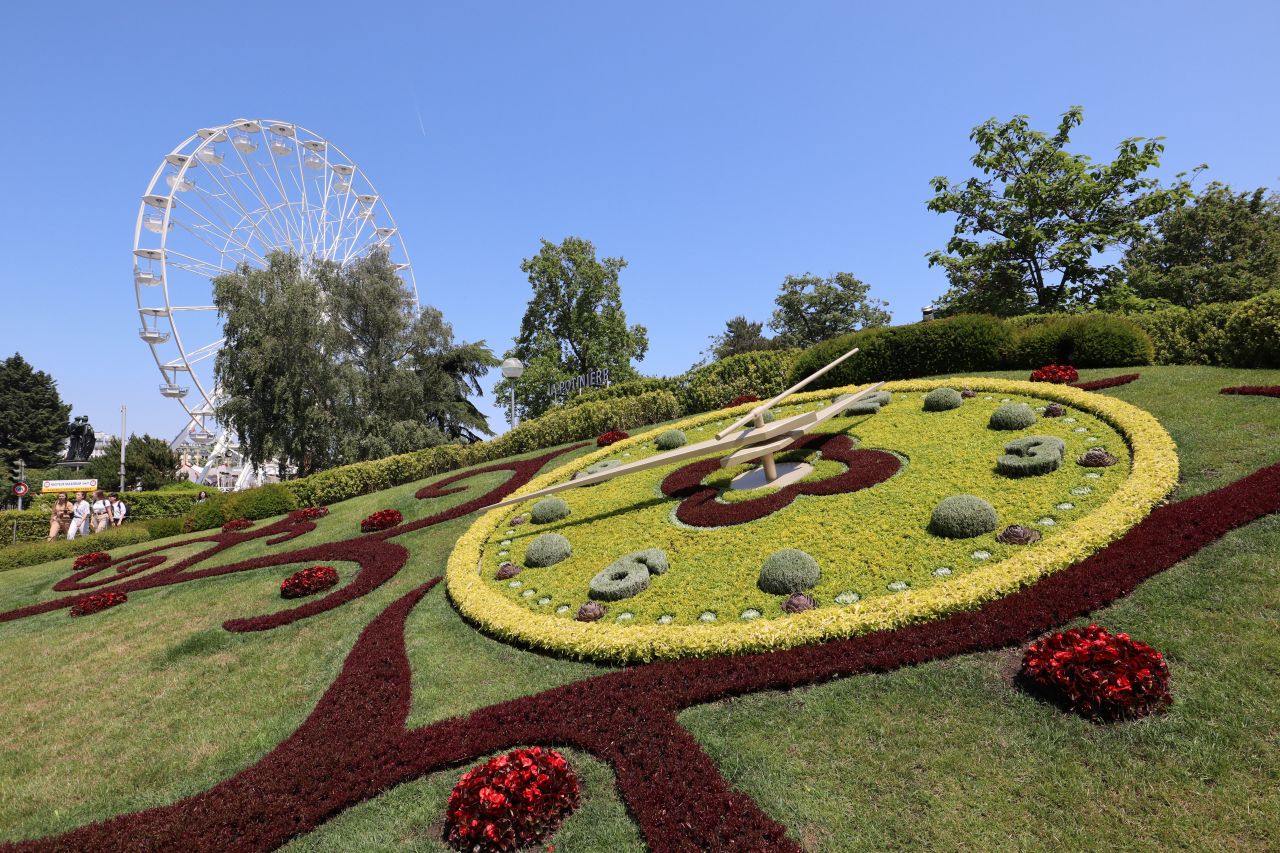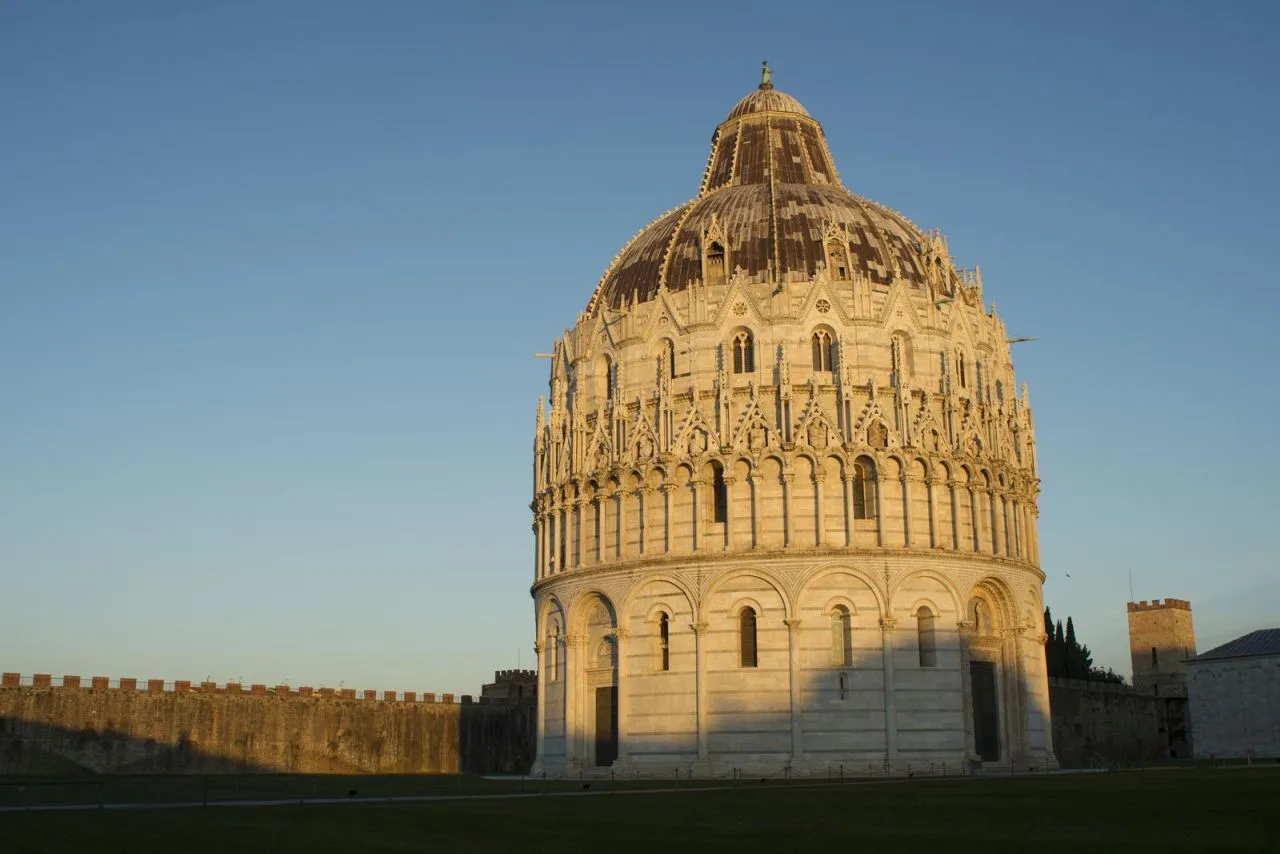Schönbrunn Palace
Address
Schönbrunn Palace, Vienna
GPS
48.18498935, 16.311568430619
Schönbrunn Palace was the Habsburg rulers‘ primary summer residence in Hietzing, Vienna. It’s one of the country’s most significant architectural, cultural and historical landmarks, built in Rococo style. It is located on the outskirt of Vienna city and it is a major tourist attraction since 1950s.
Quick facts
- Name: Schönbrunn Palace
- Location: Vienna, Austria
- Built 1740
- Type of attraction: Architectural/Palace
- Ticket price: From $10
The complex consists of palace with many areas opened for public, museums, large garden with statues, a zoo and Orangerie. Usually it takes an entire day to see all points of interest in the area.
The Rococo palace, with its 1,441 rooms, is one of the country’s most important architectural, cultural, and historic landmarks. The palace and its extensive grounds have a 300-year history, representing successive Habsburg rulers’ evolving preferences, interests, and objectives. Since the mid-1950s, it has been a popular tourist destination.
In 1569, under a hill between Meidling and Hietzing, the Holy Roman Emperor Maximilian II purchased a large floodplain of the Wien River. A mansion named Katterburg was erected by the former owner in 1548.
In order for it to serve as the recreational hunting ground of the court, the emperor ordered the area to be fenced and put game such as pheasants, ducks, deer and boar there. “Exotic” birds such as turkeys and peafowl have been kept in a small, separate part of the area. Fishponds have been constructed as well.
The sculptured space in the garden between the palace and the fountain of Neptune is called the Great Parterre. Jean Trehet, the disciple of André Le Nôtre, planned the French garden, a major part of the area, in 1695. It contains, among other things, a labyrinth.
However, the complex includes many more attractions: in addition to the Tiergarten, an orangery built around 1755, the staple luxuries of its type of European palaces, a palm house (replacing about ten previous and smaller glass houses in the western part of the park by 1882) is noteworthy. In 1828-1852, the western parts were converted into the English garden style.
Interesting facts about Schönbrunn Palace
Here are some interesting facts about this impressive historic landmark:
- Mozart performed for Empress Maria Theresa at Schönbrunn in 1772, when he was only six year old.
- Around three million people visit Vienna’s Schönbrunn Palace each year.
- Schönbrunn literally means “beautiful spring”. Based on local legend that states that Emperor Matthias discovered water source while hunting on the property in 1612.

